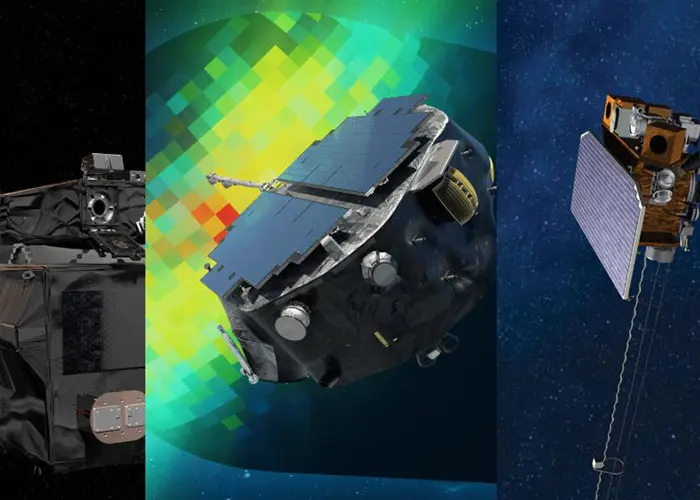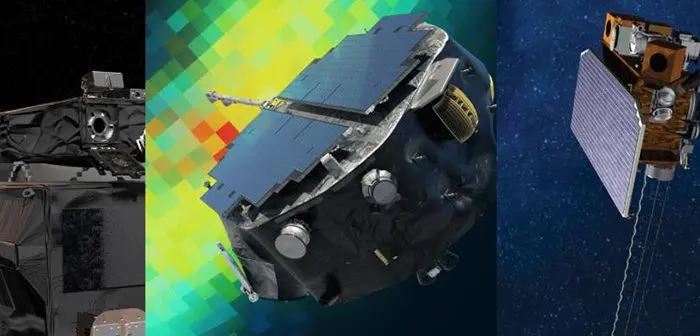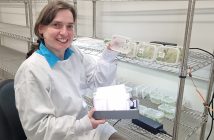
Launching with IMAP (Interstellar Mapping and Acceleration Probe) are two rideshare missions, NASA’s Carruthers Geocorona Observatory and the National Oceanic and Atmospheric Administration’s (NOAA) Space Weather Follow On-Lagrange 1 (SWFO-L1), both of which will provide insight into space weather and its impacts at Earth and across the solar system.
Liftoff of the missions on a SpaceX Falcon 9 rocket is targeted for Tuesday, September. 23, from Launch Complex 39A at NASA’s Kennedy Space Center in Florida.
The IMAP spacecraft will study how the Sun’s energy and particles interact with the heliosphere — an enormous protective bubble of space around our solar system — to enhance our understanding of space weather, cosmic radiation, and their impacts on Earth and human and robotic space explorers. The spacecraft and its two rideshares will orbit approximately one million miles from Earth, positioned toward the Sun at a location known as Lagrange Point 1.
NASA’s Carruthers Geocorona Observatory is a small satellite that will observe Earth’s outermost atmospheric layer, the exosphere. It will image the faint glow of ultraviolet light from this region, called the geocorona, to better understand how space weather impacts our planet. The Carruthers mission continues the legacy of the Apollo era, expanding on measurements first taken during Apollo 16.
The SWFO-L1 spacecraft will monitor space weather and detect solar storms in advance, serving as an early warning beacon for potentially disruptive space weather, helping safeguard Earth’s critical infrastructure and technological-dependent industries. The SWFO-L1 spacecraft is the first NOAA observatory designed specifically for and fully dedicated to continuous, operational space weather observations.
Image: From left to right, NASA’s Carruthers Geocorona Observatory, IMAP (Interstellar Mapping and Acceleration Probe), and the National Oceanic and Atmospheric Administration’s (NOAA) Space Weather Follow On-Lagrange 1 (SWFO-L1) missions will map our Sun’s influence across the solar system in new ways. Credit: NASA





